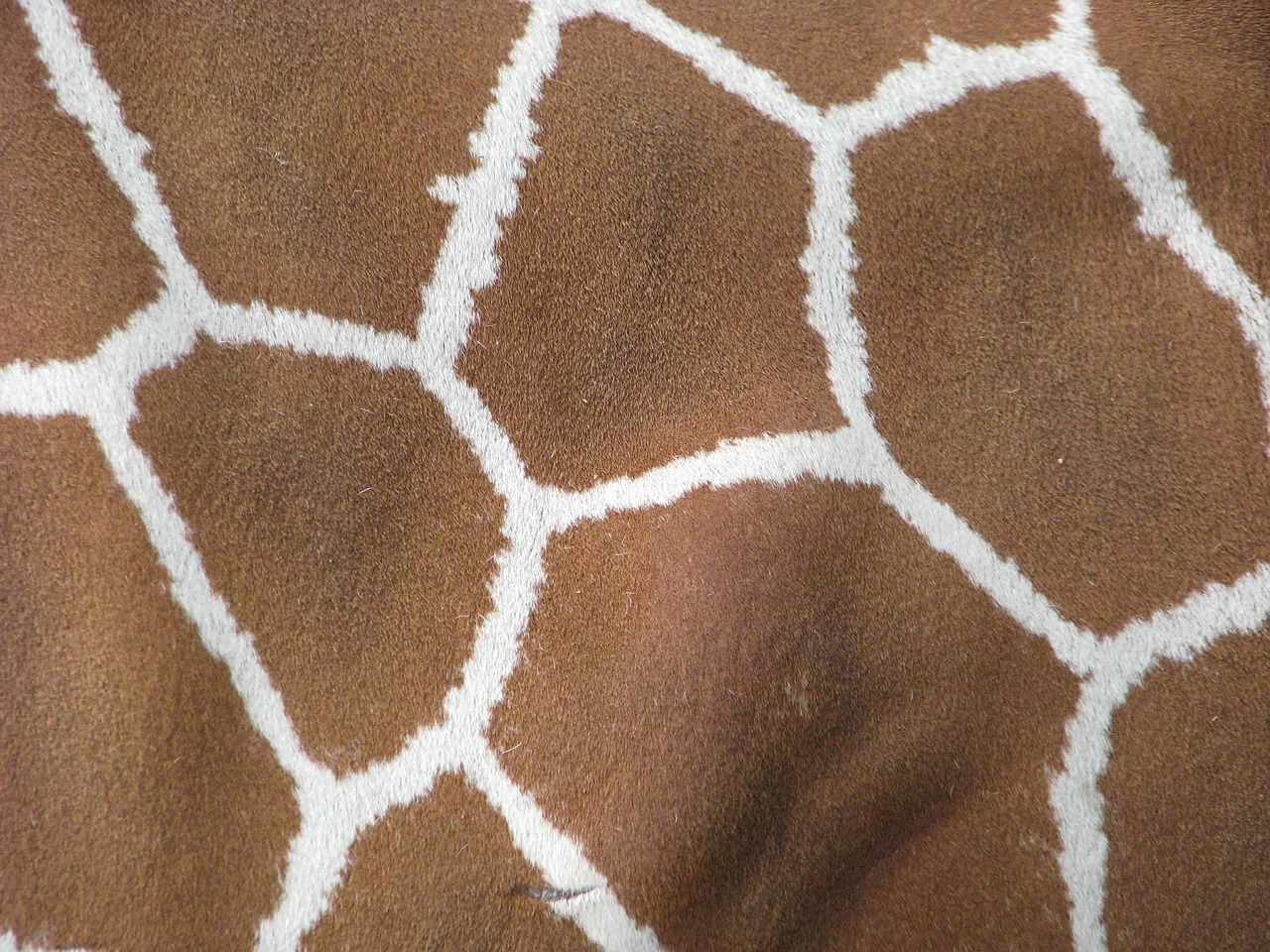What do honeycombs, the cells in dragonfly wings, and the brown spots on a giraffe's fur have in common?
They are all examples of naturally occurring, puzzle-like patterns that may be modeled through a mathematical technique known as a Voronoi tessellation—a model that gave rise to the recent discovery of the scutoid, a new shape identified by a team of researchers, including Lehigh's Dr. Javier Buceta, studying epithelial cells.
In a recent Scientific American article, Buceta, an associate professor of bioengineering and a faculty member in the chemical and biomolecular engineering department, explains that the model is commonly observed in nature. "Even kindergarteners know how to make Voronoi tessellations," he says, describing an example involving kids running to candy tossed randomly in a classroom where they are playing.
Writer Susan D'Agostino spells out Buceta's child's play example and details how we unknowingly use Voronoi tessellations in our daily lives, in the full story on Scientific American's website.


